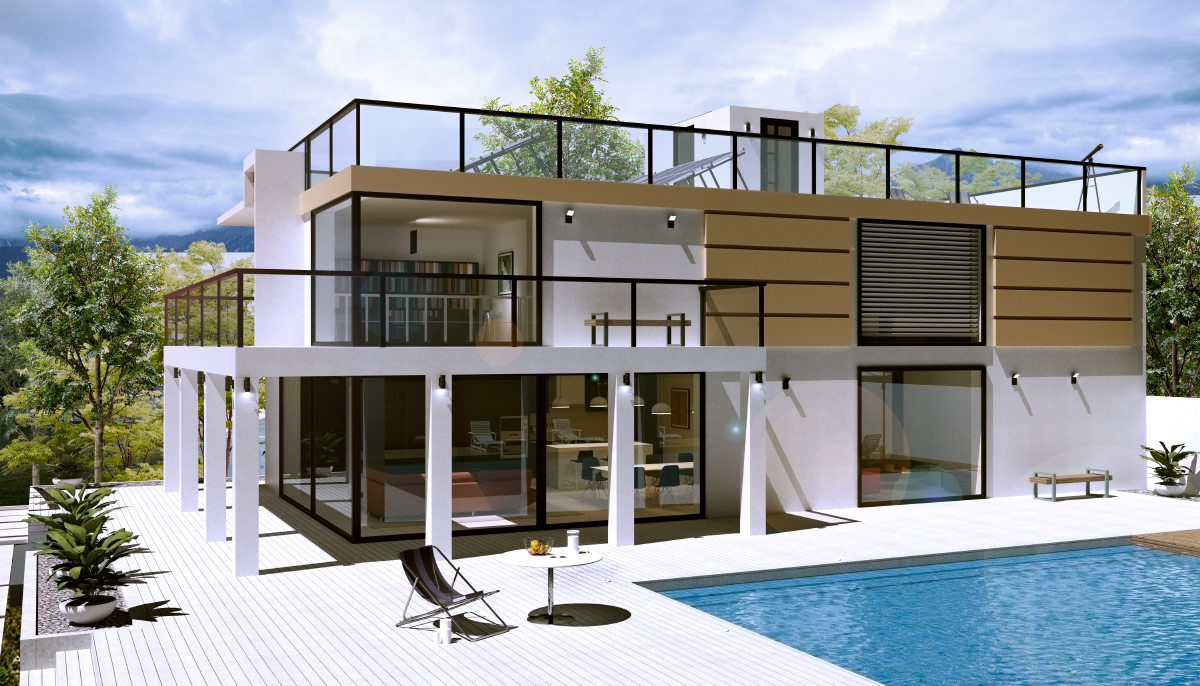If you’re wondering how 3D rendering works, read on. This technological tool has applications in many fields, including manufacturing, construction, scientific research, and real estate. Here are three key ways it can help your business, and let’s take a look at each of them. Regardless of your industry, 3D rendering can help you better communicate your vision. If you want to use the technology to your advantage, here are the three main ways it can help you:
Real estate
Among the numerous benefits of 3D renderings is that they can help you sell a house much more effectively. Using photorealistic images of the property is also very important because it lets you show prospective buyers the finished home. With the help of a 3D-rendering, you can also include all the amenities nearby, like hospitals and supermarkets. In addition, you can also add several facilities and amenities to make your house more appealing to buyers.
Modern consumers want to buy a brand that uses the latest technology and software, and it will ensure that they are satisfied with the results. These models can be used to showcase several properties to buyers. 3D Walkabout is Melbourne’s leader in 3D property rendering that can surely help you.
Apart from boosting sales, 3D renderings are also helpful in marketing campaigns. They help potential buyers visualize their future homes. They can even use the 3D model to promote a property on social media. It can also help potential developers get the necessary permits and council approvals. The 3D models can show whether or not the new structure will blend in with the surrounding environment or flow well with the neighbourhood. It helps to convince prospective buyers of the quality of the building.
Manufacturing
In modern manufacturing, 3D asset creation is vital. These models help manufacturers make their products look designed, from organically developed products to industrial equipment. In industries where tight tolerances are essential, 3D models are necessary to convey design intent. While 3D models are often created with expensive software packages, their primary focus is on subpart organization and machine tolerances. 3D models can also incorporate material properties depending on the software package used.
The process of 3D rendering enables architects to create multidimensional, interactive and aesthetically appealing models. In addition to architects, manufacturers and contractors can also benefit from 3D models. Real-time 3D visualization allows buyers to view changes in a product and adjust settings as they purchase or book it. It is ideal for e-commerce sites, where customers can change the product’s settings in real-time. In addition, 3D models are also beneficial for interior designers.
When it comes to marketing, a 3D model can save a lot of money before production. It can also be used for campaigning or testing products online. Furniture design companies can create an online campaign before production begins, collecting capital and pre-orders before the actual product is made. By allowing customers to see a product before making it, 3D models can increase the hype around a product while also providing concrete statistics on its popularity.
Scientific research
3D rendering is widely used in various fields of science and technology. The process of 3D rendering helps in creating detailed images of elements, rock formations, and other materials. In addition to building detailed property design models, 3D rendering also helps scientists predict weather patterns. The high processing power that 3D rendering has allows scientists to generate detailed models of weather conditions. Combining a 3D image with a model can make it look like the property would be there.
Construction
One of the benefits of constructing 3D rendering property design models is its photorealistic location. In the real estate market, location is as crucial as the quality of the building. Using these 3D images will enable you to offer an immersive experience to your customers. This way, you can market your properties effectively and attract more potential buyers. As a result, 3D rendering has become an increasingly popular marketing tool for real estate agencies.
Architects also use 3D renderings to improve the accuracy of their designs. Errors in angles or measurements can delay construction, costing time and money. Using 3D renderings can also improve communication between architects and design teams, and it can bridge communication gaps and help everyone understand the project. Once the design process begins, construction can begin. However, it can be challenging to get a permit. If you have questions about 3D renderings, ask your architect or designer.

